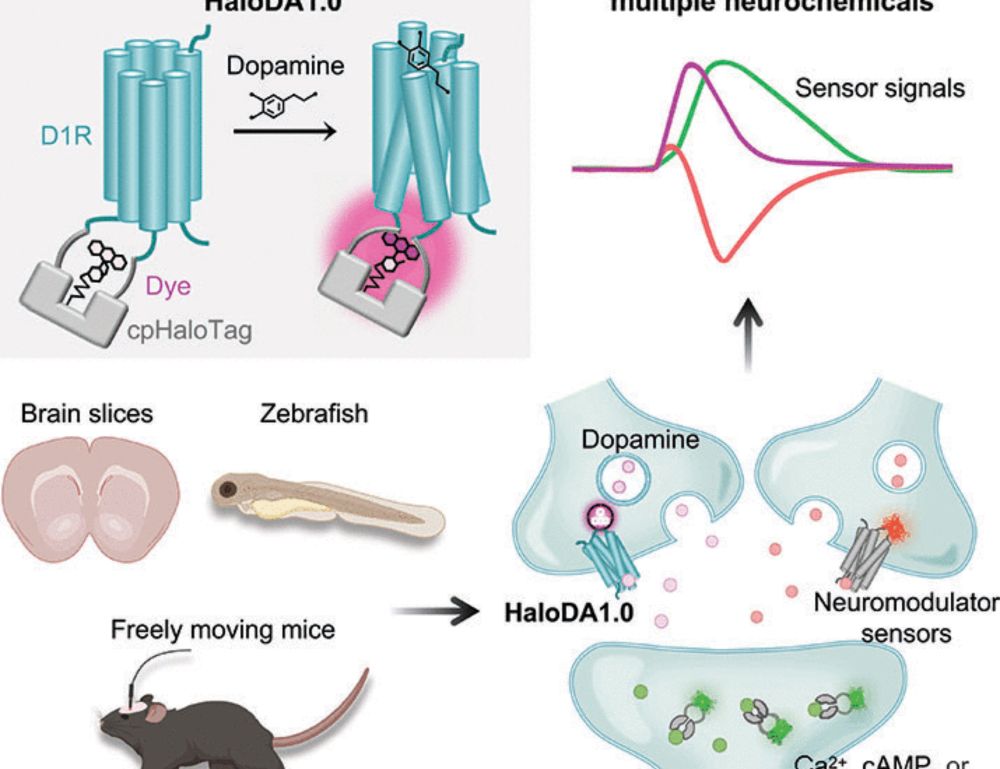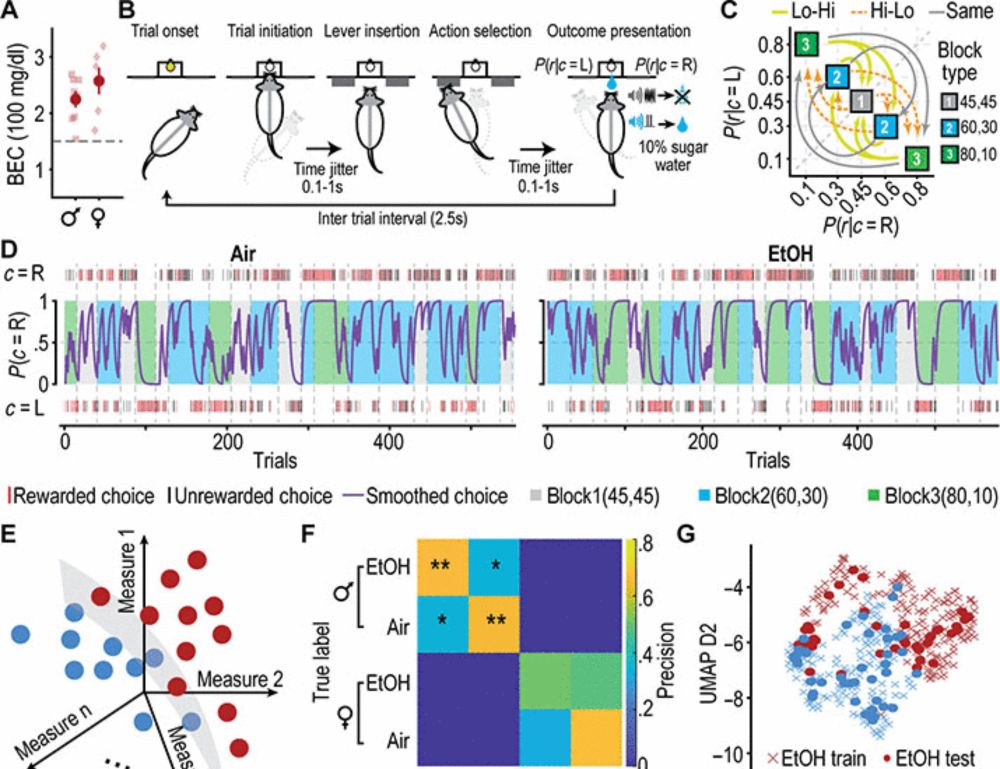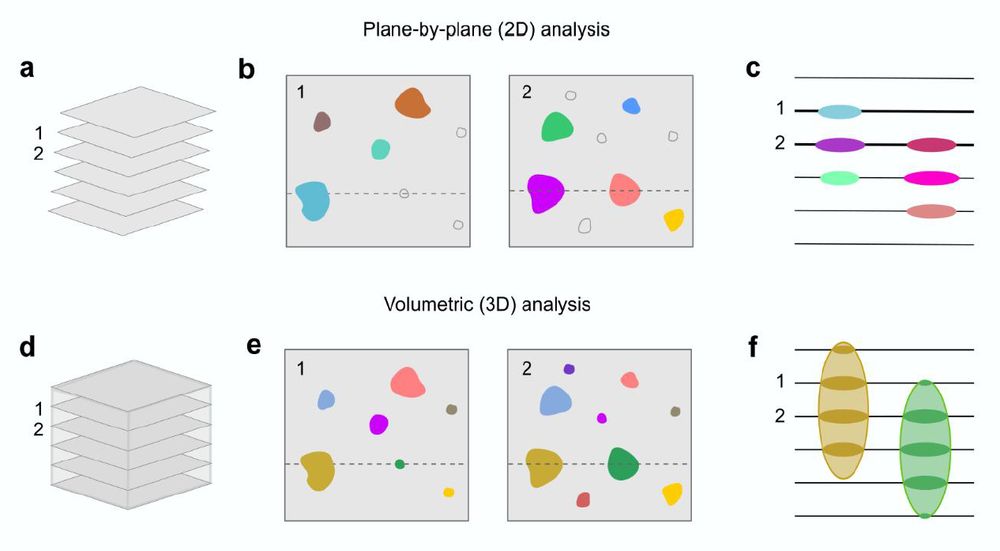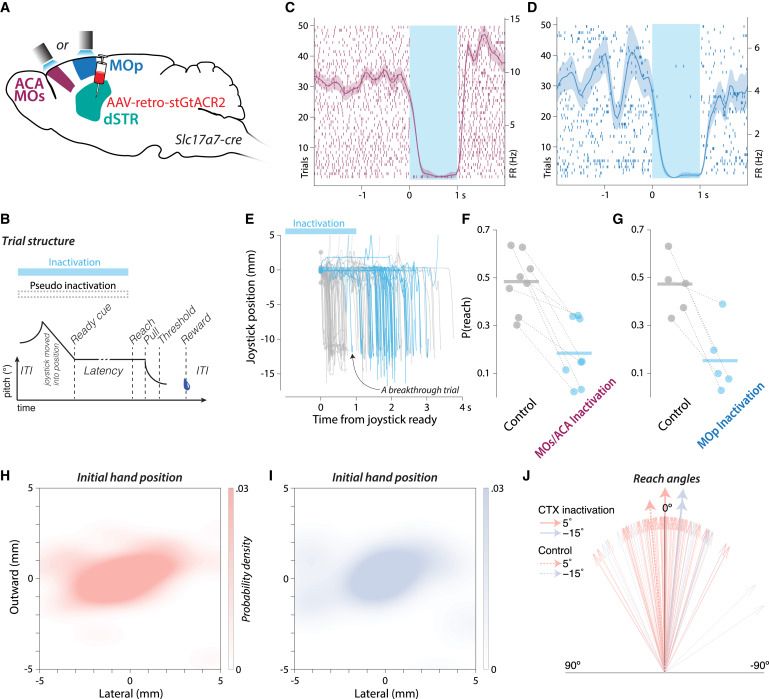ZhenggangZhu
@zhenggang.bsky.social
110 followers
560 following
15 posts
Sanford Fellow @UCSDCompassion Alumni @HHMI, Identifying 🧬 for self/social motivation with 3D spatial omics
Posts
Media
Videos
Starter Packs
Pinned
Reposted by ZhenggangZhu
Reposted by ZhenggangZhu
Reposted by ZhenggangZhu
Mari Sosa
@marisosa.bsky.social
· Jun 12
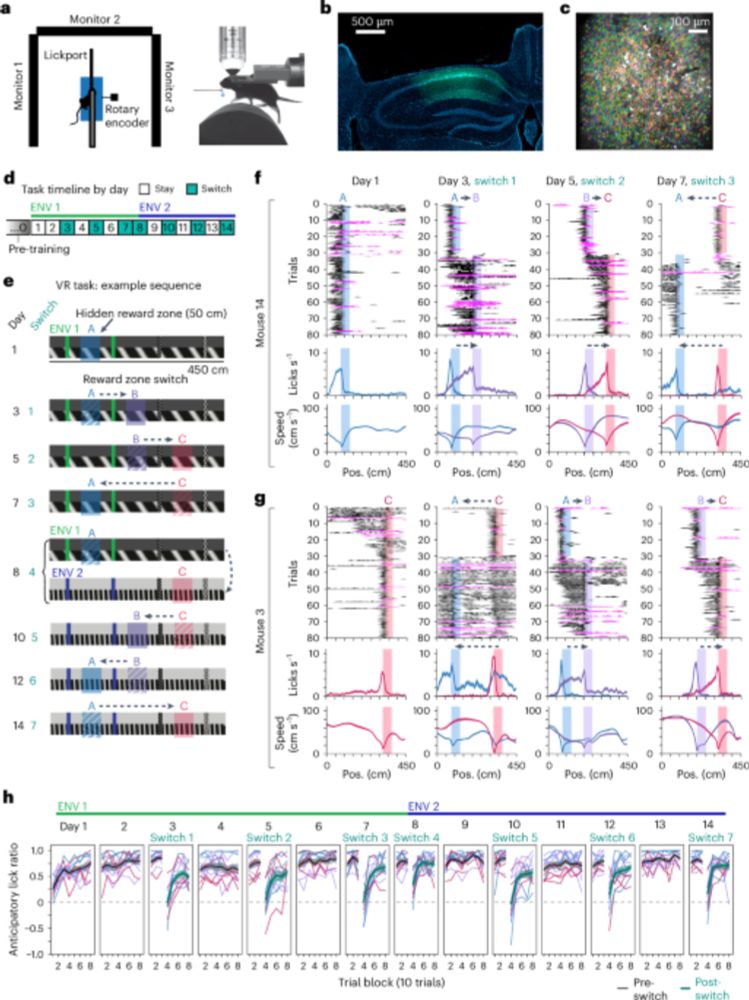
A flexible hippocampal population code for experience relative to reward - Nature Neuroscience
Sosa et al. find that hippocampal neural activity in mice encodes both environmental location and experience relative to rewards, spanning distances far from reward, through parallel and flexible popu...
www.nature.com
Reposted by ZhenggangZhu
Matteo Carandini
@carandinilab.net
· Jun 9

High-dimensional neuronal activity from low-dimensional latent dynamics: a solvable model
Computation in recurrent networks of neurons has been hypothesized to occur at the level of low-dimensional latent dynamics, both in artificial systems and in the brain. This hypothesis seems at odds ...
www.biorxiv.org
Reposted by ZhenggangZhu
Alex Chen
@alexbchen.bsky.social
· May 16
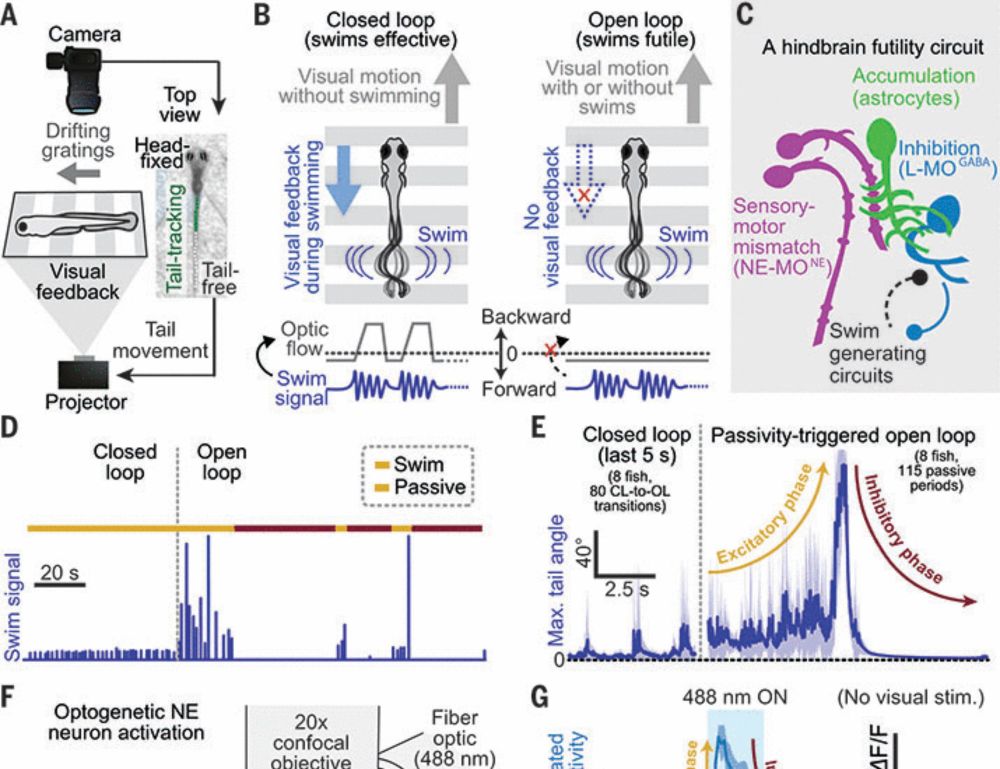
Norepinephrine changes behavioral state through astroglial purinergic signaling
Both neurons and glia communicate through diffusible neuromodulators; however, how neuron-glial interactions in such neuromodulatory networks influence circuit computation and behavior is unclear. Dur...
science.org
ZhenggangZhu
@zhenggang.bsky.social
· May 14
ZhenggangZhu
@zhenggang.bsky.social
· May 7
Reposted by ZhenggangZhu
Reposted by ZhenggangZhu
ZhenggangZhu
@zhenggang.bsky.social
· Apr 2
ZhenggangZhu
@zhenggang.bsky.social
· Mar 30
ZhenggangZhu
@zhenggang.bsky.social
· Mar 30
ZhenggangZhu
@zhenggang.bsky.social
· Mar 29
Reposted by ZhenggangZhu
Eric Topol
@erictopol.bsky.social
· Mar 27
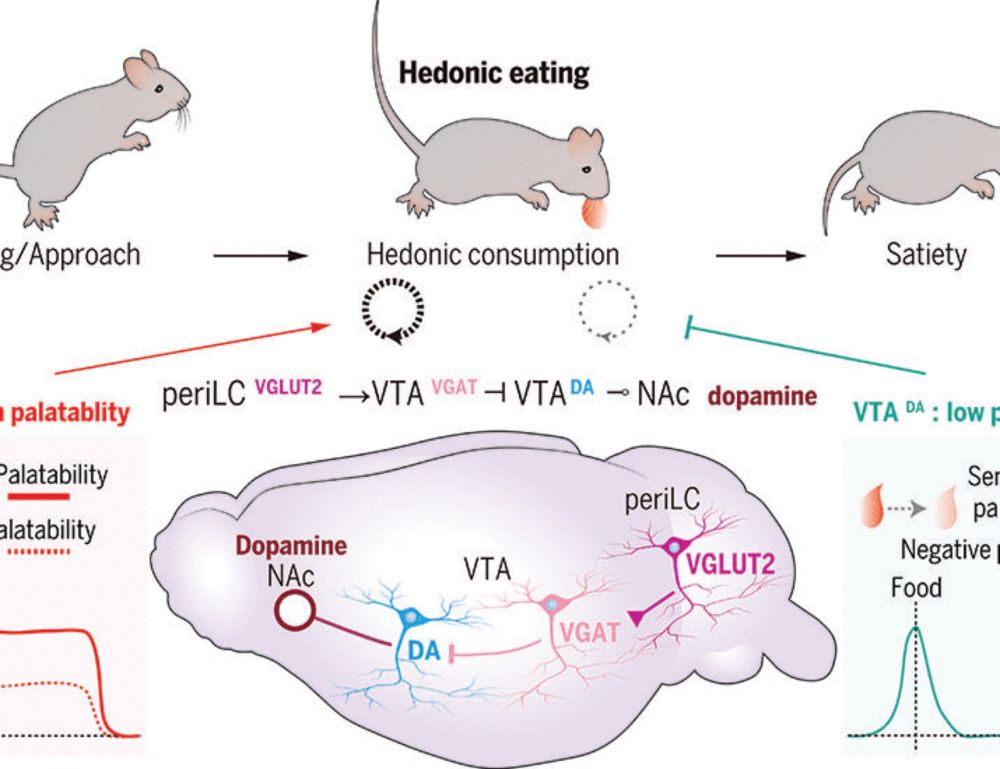
Hedonic eating is controlled by dopamine neurons that oppose GLP-1R satiety
Hedonic eating is defined as food consumption driven by palatability without physiological need. However, neural control of palatable food intake is poorly understood. We discovered that hedonic eatin...
www.science.org



